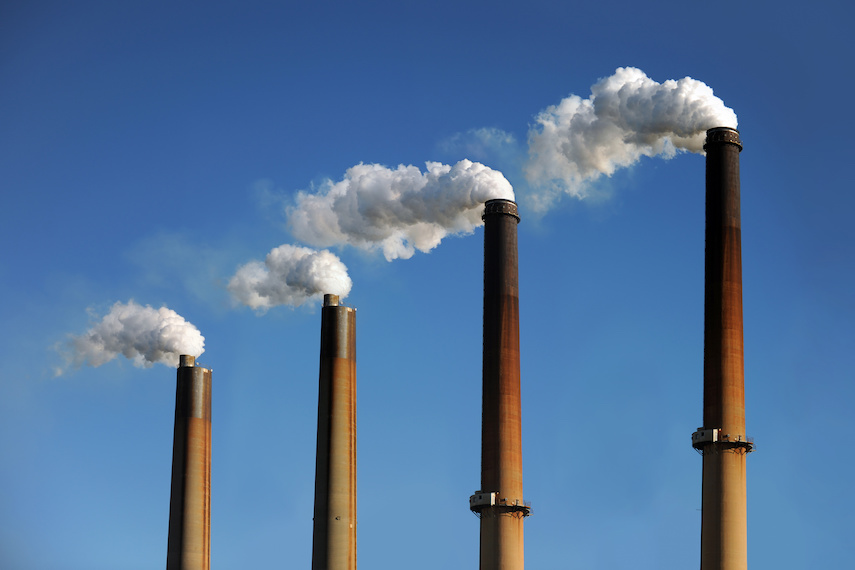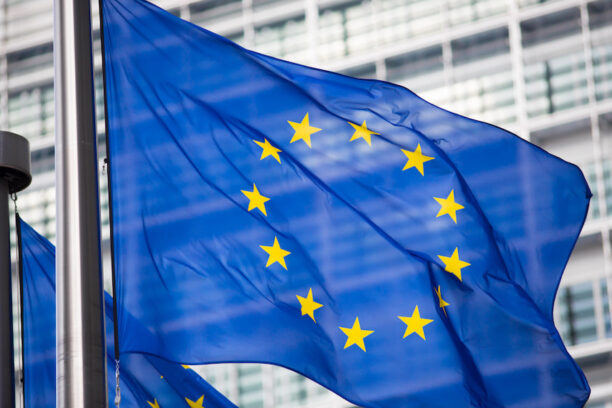Here’s something you don’t see every day – some good news about a GHG emissions trading mechanism. Granted, this isn’t about voluntary offset markets, but still. The European Commission announced that
“The data reported by EU Member States by the deadline of 31 March 2025 show a 5% reduction in emissions in 2024, compared to 2023 levels from the reporting stationary installations and aircraft operators. With this development, ETS emissions are now around 50% below 2005 levels and on track to achieve the 2030 target of -62%.
The observed trend confirms the effectiveness and efficiency of the EU’s cap and trade system as an important policy instrument for the decarbonisation of the European economy…
The most important driver for the decrease in EU ETS emissions has been the power sector, with emissions from electricity production having been reduced by 12% below 2023 levels. This reduction is due to an increase in electricity production from renewables by 8% and nuclear by 5%, coupled with a decrease in gas by 8% and coal by 15%. The main drivers of the increased electricity production from renewables have been solar (by an impressive 19%) and hydropower. Wind-generated power remained steady in spite of less favourable weather conditions in certain periods of the year. The total production of electricity also remained consistent, with levels similar to 2023.”
This is a major turnaround from the first EU ETS mechanism (that did not end well). While this is good news for the EU, it won’t translate to the US given the new administration’s emphasis on deregulation, coal and oil/gas.
Members can read more about GHG emissions management here.
If you aren’t already subscribed to our complimentary ESG blog, sign up here for daily updates delivered right to you.










